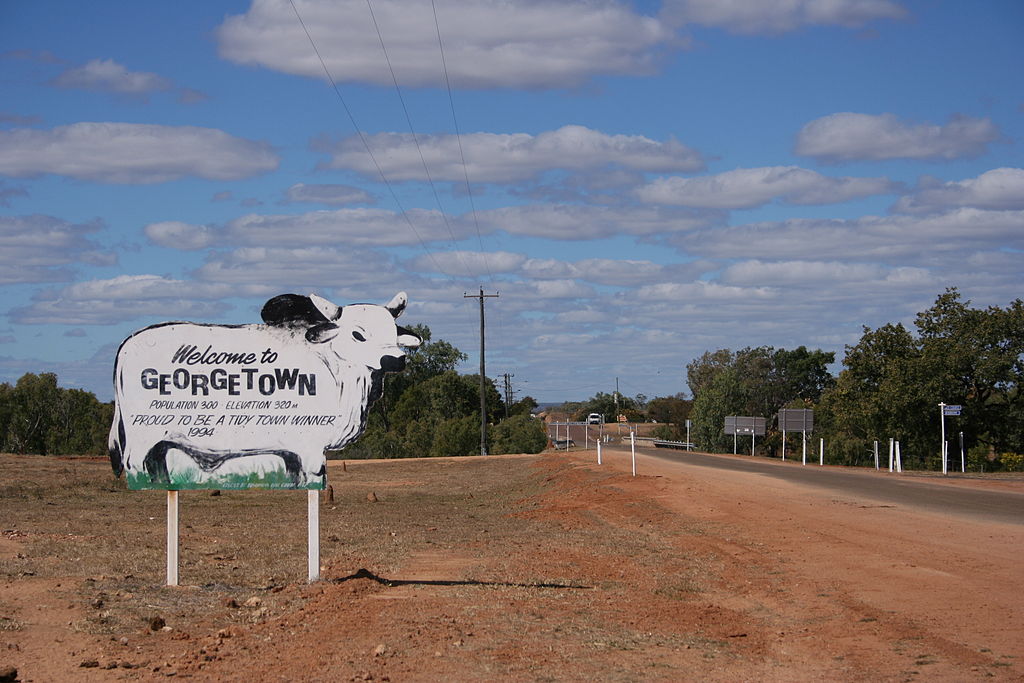How Did a Piece of Canada End Up in Australia?

Georgetown, Australia (www.gondwananet.com, Wikimedia Commons)

Georgetown, Australia (www.gondwananet.com, Wikimedia Commons)
8.98
How does this align with my curriculum?
Curriculum Alignment
ON
11
Chemistry, Grade 11, University (SCH3U)
Strand B: Matter, Chemical trends, and Chemical Bonding
ON
12
Earth and Space Science, Grade 12, University (SES4U)
Strand D: Recording earth’s Geological History
BC
8
Science Grade 8 (June 2016)
Big Idea: The theory of plate tectonics is the unifying theory that explains Earth’s geological processes.
BC
11
Earth Sciences 11 (June 2018
Big Idea: Plate Tectonic Theory explains the consequences of tectonic plate interactions.
BC
12
Geology 12 (June 2018)
Big Idea: The plate tectonic theory explains the changes that occur within Earth and to Earth’s crust throughout geological time.
YT
11
Earth Sciences 11 (British Columbia, June 2018
Big Idea: Plate Tectonic Theory explains the consequences of tectonic plate interactions.
YT
12
Geology 12 (British Columbia, June 2018)
Big Idea: The plate tectonic theory explains the changes that occur within Earth and to Earth’s crust throughout geological time.
YT
8
Science Grade 8 (British Columbia, June 2016)
Big Idea: The theory of plate tectonics is the unifying theory that explains Earth’s geological processes.
BC
12
Geology 12 (June 2018)
Big Idea: Earth’s geological and biological history is interpreted and inferred from information stored in rock strata and fossil evidence.


